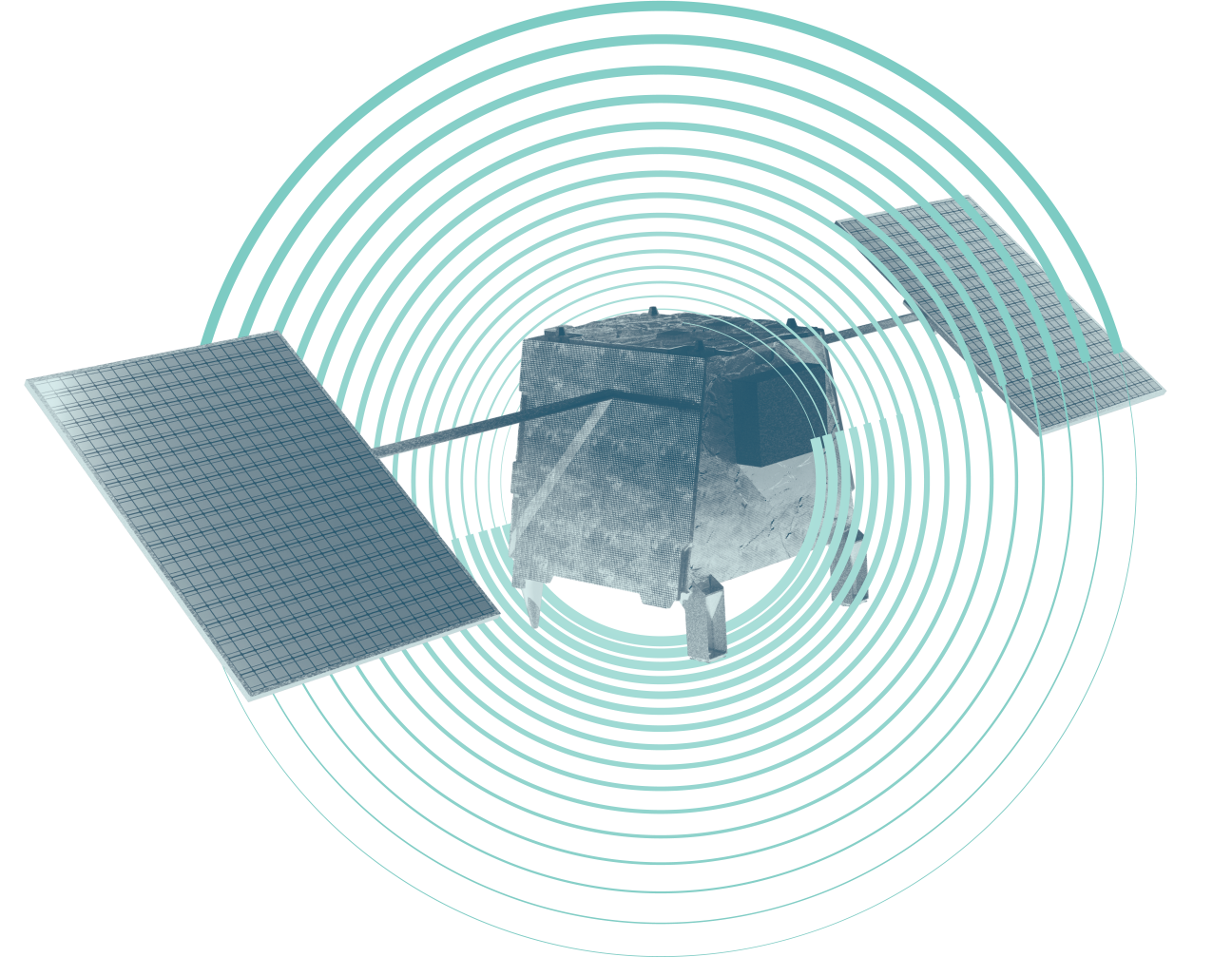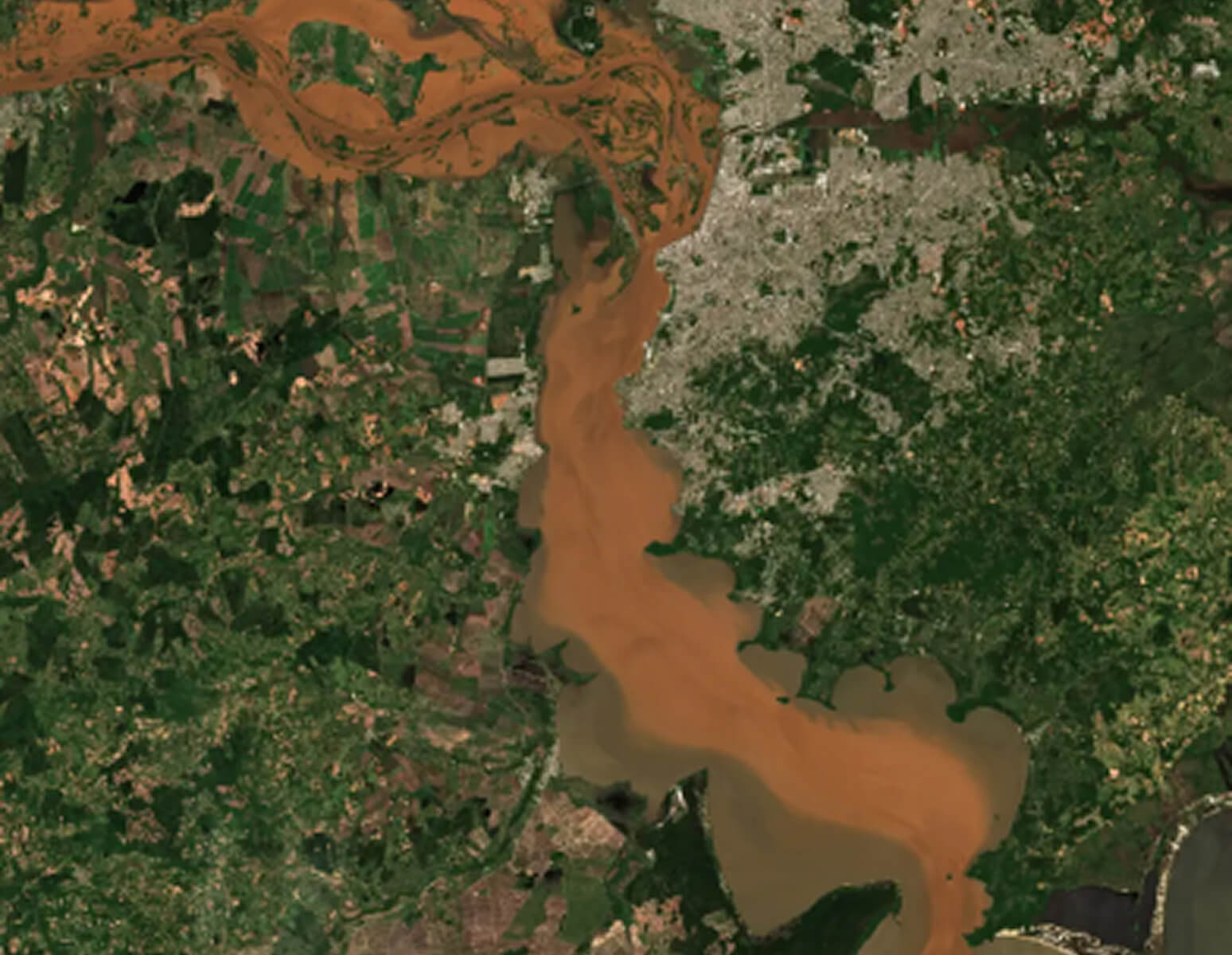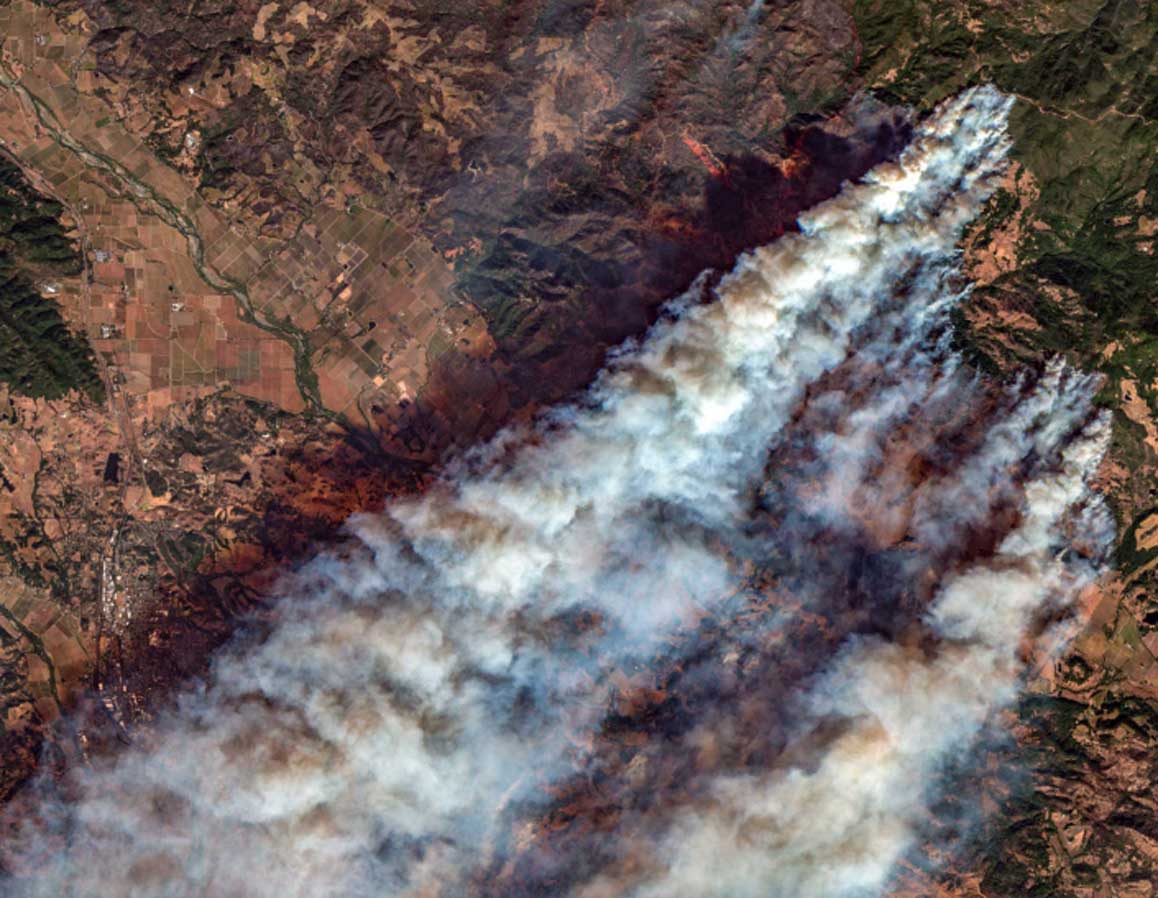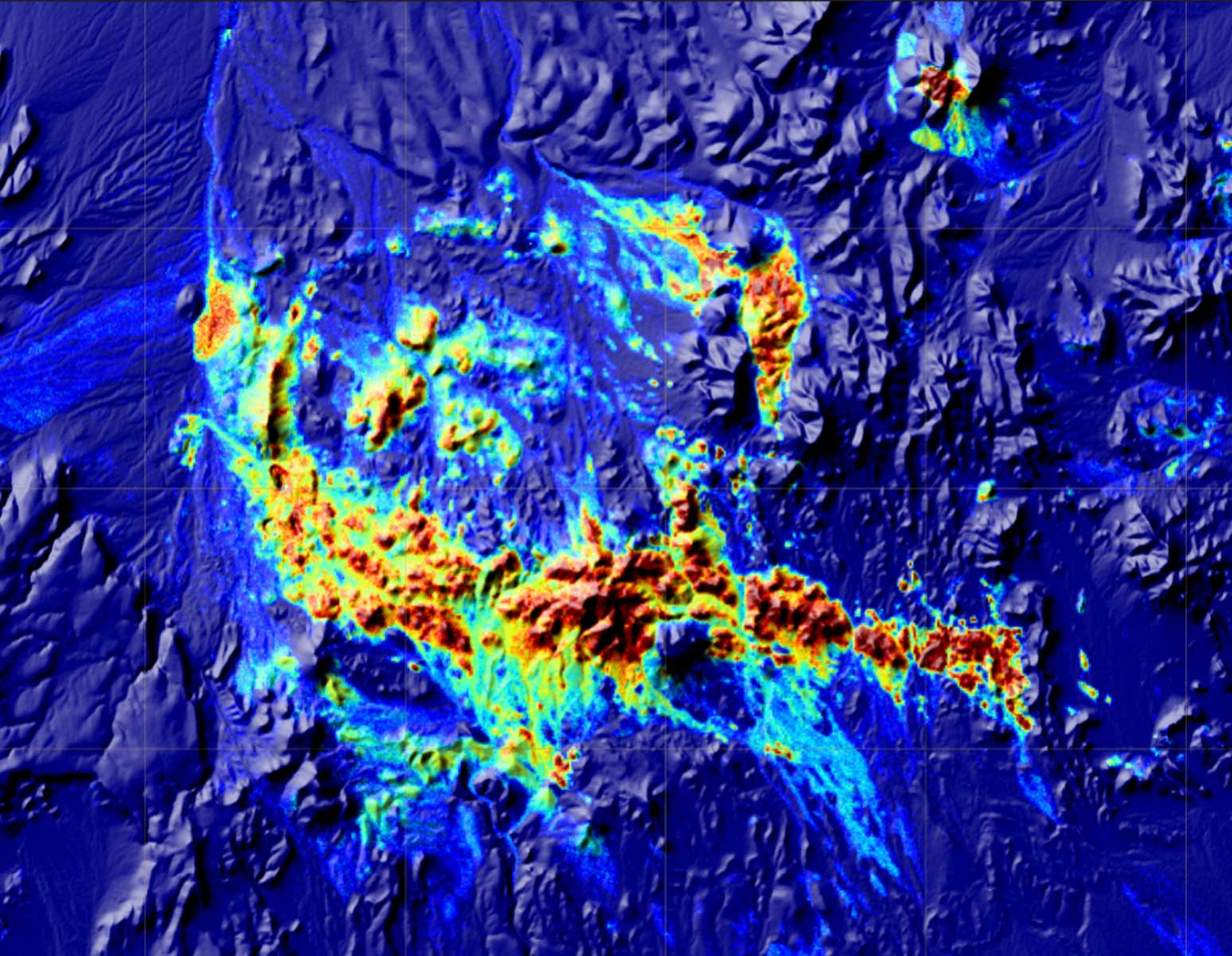See the Earth Through a Revolutionary Lens
Capturing Our World
Like Never Before
Adapting to a shifting landscape requires cutting-edge intelligence. Experience the power of an end-to-end geospatial intelligence system—from science-grade satellite data, built for the AI revolution to vertically-integrated analytics that drive industries into the future.
.jpg)

Seeing Tomorrow, Today.
Forget today's limits. EarthDaily delivers high-quality data with unmatched accuracy.
We're not just a satellite constellation; we're an Earth Observation revolution. AI-ready data, real-time change detection, and predictive insights: transforming satellite imagery into actionable intelligence for agriculture, government, climate, insurance, risk management, and more.


The Next Generation of Earth Observation
In a world where decisions are data-driven, the quality of the data is everything. Explore the EarthDaily Constellation—advanced Earth Observation delivering daily, high-resolution satellite imagery across 22 spectral bands.
Downstream Analytics: Curated Intelligence to Drive Industry Operations
We also provide targeted insights to help industries overcome data challenges. These analyses, based on geospatial data, deliver unique, timely, and scientifically sound decisions.

Agriculture
Boost yields, monitor crop health, and cut costs with AI-powered crop intelligence driven by advanced Earth Observation data.

Mining
Discover and secure with AI-powered resource management for mineral discovery, site condition monitoring, and operational safety insights.

Property Risk
Predict and protect your assets with geospatially-derived risk analysis, property monitoring, and climate impact assessment.

Forestry
Assess, track, and mitigate AI-driven event detection for wildfires, floods, and extreme weather to facilitate emergency response.

Market Intelligence
See trends first with predictive analytics for commodities and strategic risk mitigation.

Government & Defense
Act with precision with critical intelligence for infrastructure, security, and emergency response.
Your Complete Geospatial Solution
EarthDaily delivers a complete geospatial solution—calibrating and normalizing data from our own constellation and trusted sources, making it instantly accessible for visualization, analysis, and decision-making.
Whether customers want to extract insights themselves or rely on our advanced models, we deliver the clarity, speed, and scale needed to stay ahead.
Discover our Earth Observation Solutions:
Transform raw data into AI-ready insights, effortlessly.
Analyze cloud-free, high-quality satellite images at scale.
Explore the world with open access and stunning visualizations.
Make game-changing decisions with AI-powered analytics.
Faster Insights, Smarter Decisions
EarthDaily's platform combines rapid satellite imagery with AI, enabling organizations to predict, monitor, and respond with unprecedented speed.
Daily Data for Accurate Predictions
Improve yield forecasts, emissions tracking, and risk assessments with consistent, daily data.

Alerts for Critical Events
Respond faster to disasters, crop stress, and more with AI-driven, near-real-time alerts.

Cloud APIs for Seamless Integration
Easily connect our data to your existing machine learning and analytics platforms for streamlined workflows.
.jpg)
Proactive, Informed Monitoring
Gain superior visibility of infrastructure, resources, and environmental changes that affect your operations.

Daily Real-World Impact
Supporting the Development of Camelina as a Sustainable Renewable Biofuel Feedstock with EO & AI
Global Clean Energy is laying the groundwork for a robust camelina seed oil biofuel market. Geospatial analytics and artificial intelligence data processing from EarthDaily equips them and their camelina subsidiary, Sustainable Oils, with a quantitative framework to help make more informed cultivation and commercialization decisions.
InSAR Analysis of the Çöpler Mine Landslide
On February 13th, 2024, a large slip on the
heap leach pad at the Çöpler Gold Mine in eastern Turkey. We ran our InSAR pipeline over the area to look for any signals that may have indicated ground movement prior to the slide.
Helping American Sugar Refining Take Control Over Supply and Demand
American Sugar Refining minimizes financial risk by proactively adjusting sourcing and pricing strategies. Earth observation data from EarthDaily equips ASR with the intelligence to help make more informed, confident business decisions.
Copper Porphyry Exploration
Discover how East Star Resources revolutionized its copper exploration strategy in Kazakhstan’s vast BalkashIli volcanic arc with Marigold’s cutting-edge remote sensing and data analytics.








EarthDaily Named to Fast Company's List of Most Innovative Companies 2025!
We're thrilled to be selected as one of Fast Company's Most Innovative Companies 2025 award winners in the Data Science category for our work in the mining industry.
